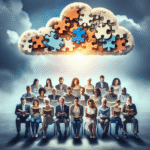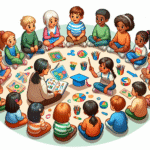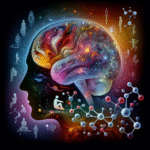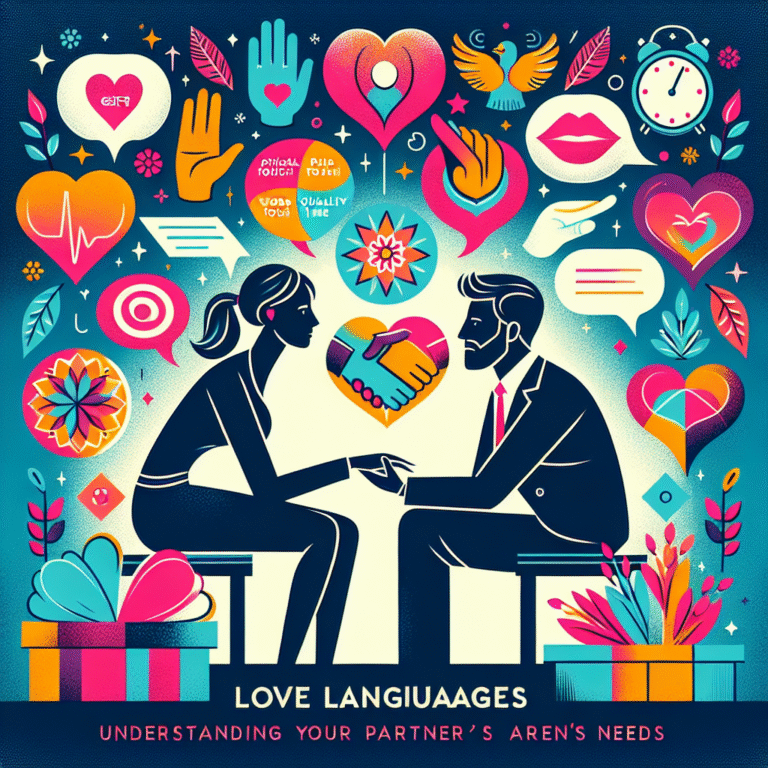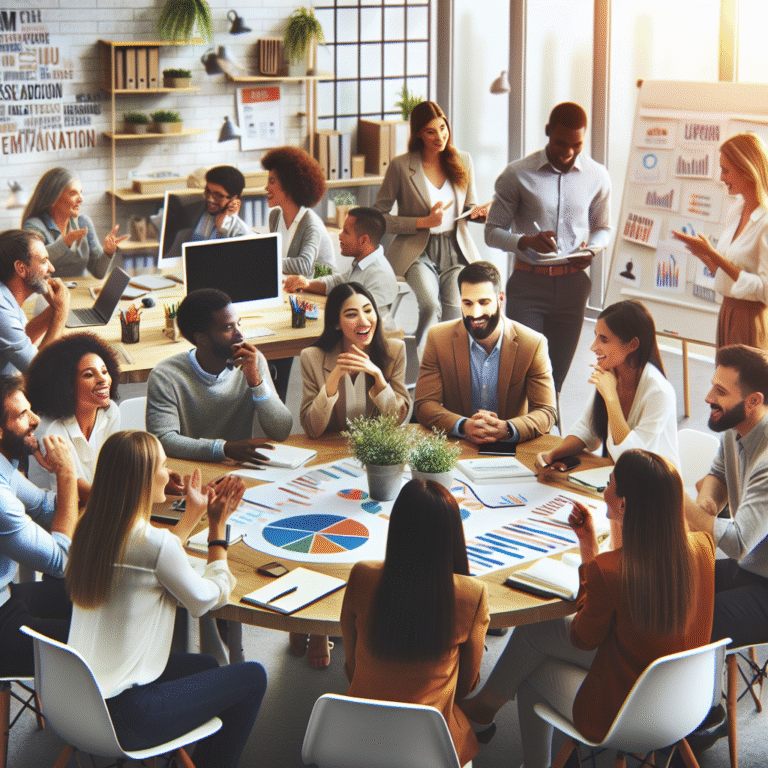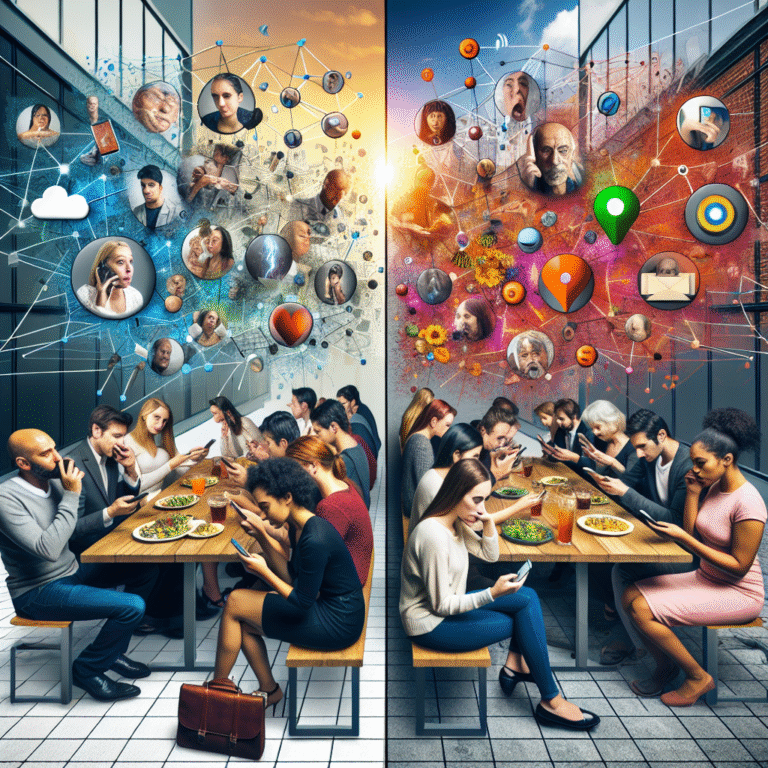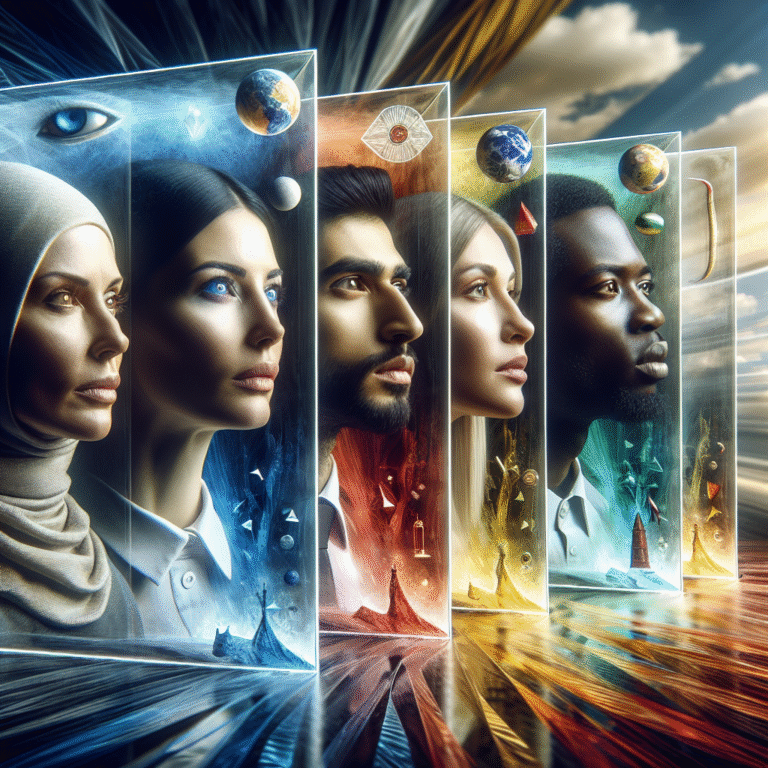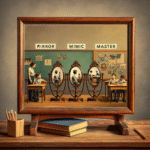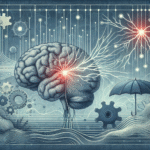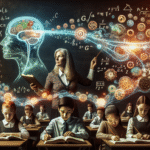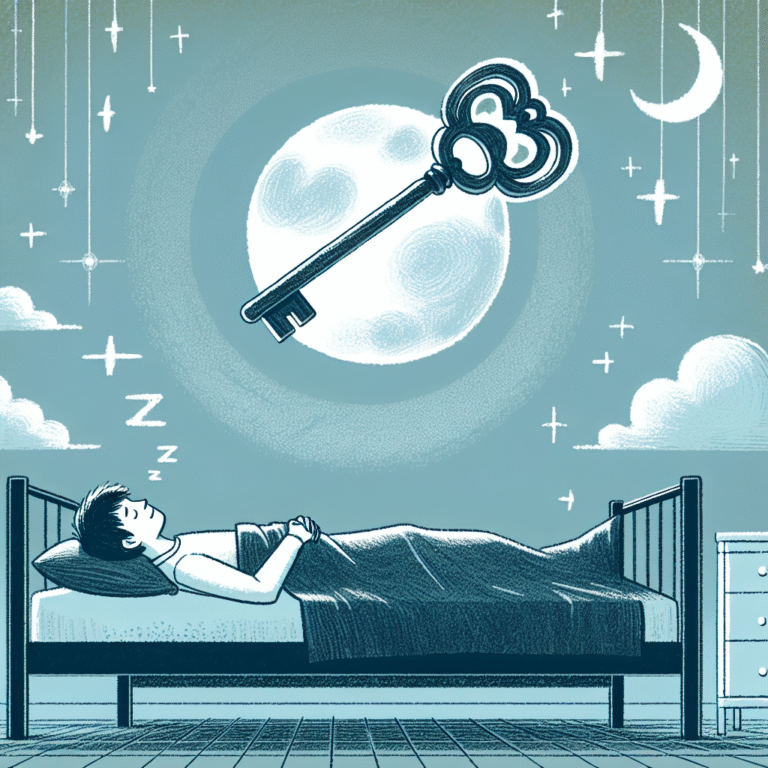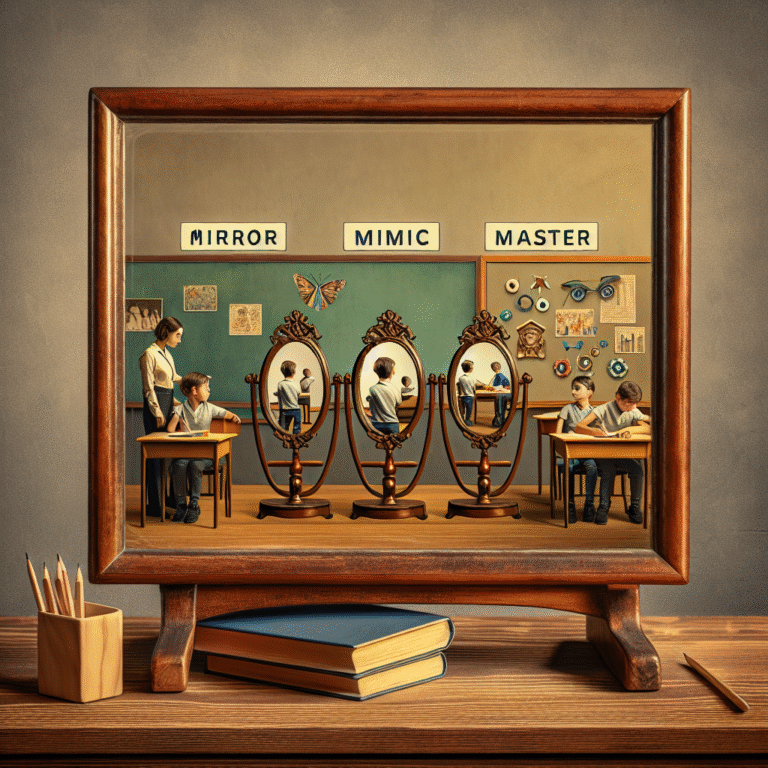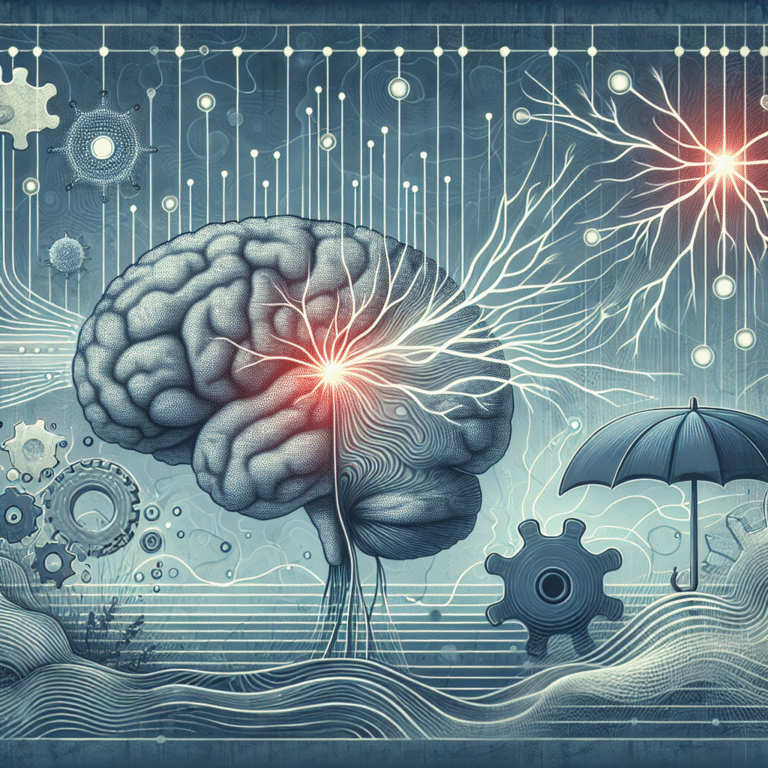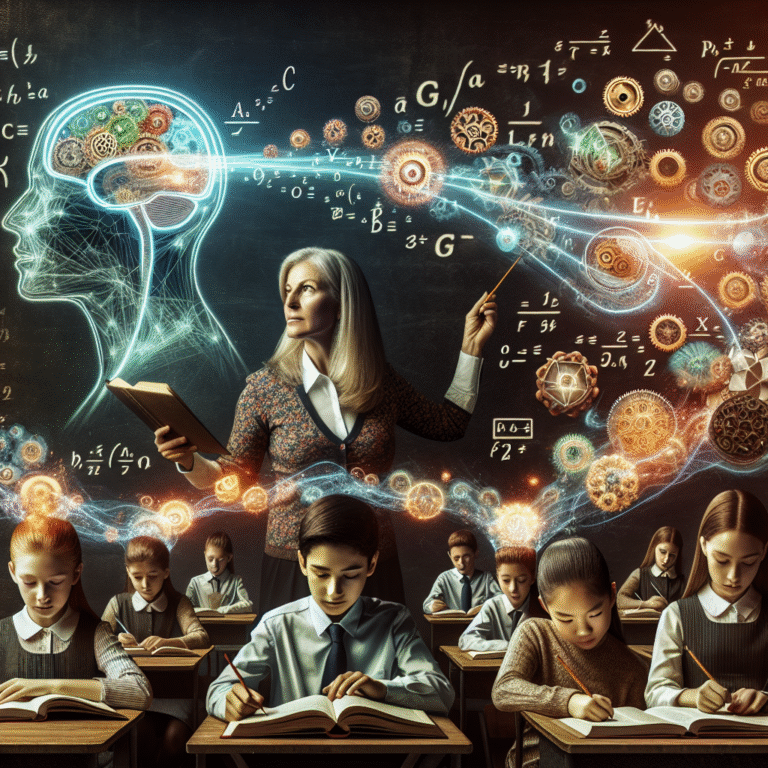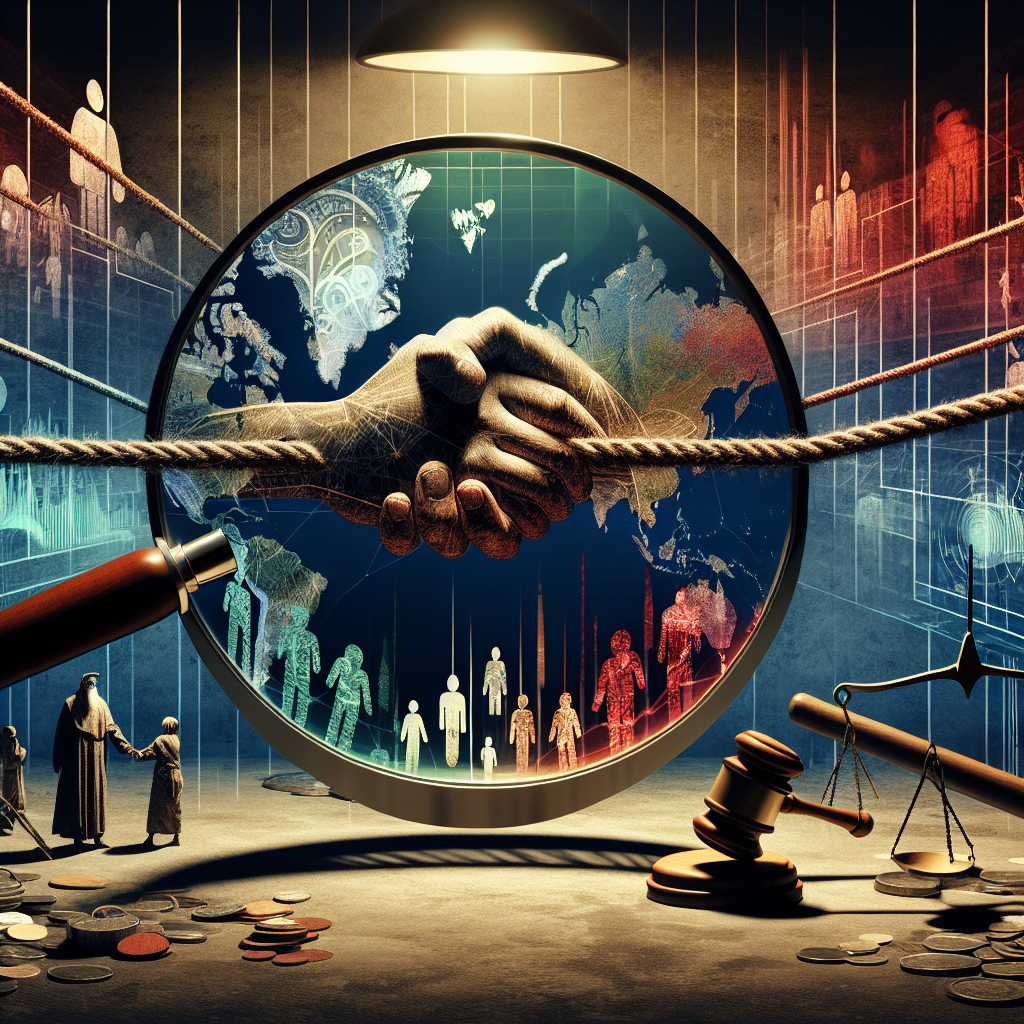
Introduction
In an era characterized by sharp divisions, the phrase “social norms in crisis” resonates more than ever. As societal tensions escalate, the rules that govern our interactions—whether they be unwritten codes of conduct or widely accepted beliefs—are being challenged like never before. The swirling currents of polarization, driven by political beliefs, social identities, and cultural values, make it essential to examine these norms’ shifting landscapes. This article will delve deep into how social norms are evolving amidst crisis and their crucial role in fostering unity or division in our increasingly polarized world.
Understanding Social Norms
What Are Social Norms?
Social norms are the unwritten rules that dictate acceptable behavior within a society. They serve as guidelines for how members of a community are expected to act in various situations, influencing everything from everyday interactions to large-scale societal behaviors. Understanding these norms is essential to grasp how they can either heal or deepen rifts in a polarized environment.
The Evolution of Social Norms
Traditionally, social norms evolve slowly over time, influenced by cultural shifts, technological advancements, and collective experiences. However, today’s rapid changes in communication and technology have accelerated this evolution. Social media’s rise, for instance, has transformed how norms are disseminated and enforced. These instantaneous channels can either reinforce existing norms or allow for the emergence of new ones—often leading to confusion and conflict.
The Polarized Landscape
Case Study: The 2020 Election & Its Fallout
The United States’ 2020 election serves as a stark example, revealing how social norms can shape societies’ political fabric. Post-election, individuals found themselves adhering to newfound norms—some advocating for civic engagement and others promoting divisive rhetoric. The clash of these norms manifests in protests, online trolling, and even violent confrontations.
Relevance Analysis: This case illustrates social norms’ fluidity and how quickly they can shift under pressure, showing their critical role during a collective crisis.
The Role of Social Media
Social media platforms can amplify polarized sentiments, creating echo chambers where specific social norms become reinforced while others are sidelined. The algorithms that govern these spaces often prioritize engagement over accuracy, fostering divisive rhetoric among users. This polarization is evidenced by the rise of hashtags, trends, and movements that ignite intense social debates, often resulting in the vilification of opposing viewpoints.
Social Norms in Crisis: Positive and Negative Consequences
Positive Shifts in Social Norms
Despite facing challenges, some social norms have evolved positively during crises. For instance, the pandemic led to a surge in empathy and community support, with norms fostering altruism and collective responsibility, seen in mutual aid groups and neighborhood initiatives.
Case Study: The COVID-19 Pandemic
During the pandemic, many communities rallied together to support one another. Social norms encouraging mask-wearing and vaccination emerged not only as public health measures but as collective moral obligations.
Relevance Analysis: This case showcases how social norms can pivot and adapt in response to perilous times, ultimately promoting solidarity over isolation.
Negative Shifts in Social Norms
Conversely, crises can also lead to regressive norms, as fear and misinformation spread. The stigmatization of certain groups during crises—seen in xenophobic behavior towards Asian communities during the COVID-19 outbreak—illustrates how norms can devolve under duress.
Case Study: The Rise in Hate Crimes
The rise of hate crimes during 2020’s racial unrest exemplifies how societal crises can lead to the normalization of aggression against marginalized communities. Misinformation campaigns stoked fear and distrust, leading to harmful social norms those behaviors became acceptable.
Relevance Analysis: This case emphasizes the importance of vigilance against negative norm shifts that can exacerbate polarization and conflict.
Tables and Charts: Illustrating Social Norm Dynamics
| Type of Response | Positive Shifts | Negative Shifts |
|---|---|---|
| Example | Community aid during COVID-19 | Hate crimes against marginalized communities |
| Key Influencers | Social media campaigns promoting empathy | Misinformation spreading fear |
| Long-term Impact | Strengthened community bonds | Deepened societal divides |
The Mechanisms of Change
The Role of Education
Education serves as a powerful mechanism for nurturing positive social norms. Initiatives that promote critical thinking, empathy, and open dialogue help counteract polarization. Schools can act as incubators for progressive social norms by fostering a culture of acceptance and diversity, vital elements for any society’s health.
The Effect of Leadership
Political and community leaders play crucial roles in shaping, promoting, or dismantling social norms. Effective leadership can encourage shared norms that bridge divides, while toxic leadership often exacerbates tensions and entrenches opposing norms.
Case Study: Global Leadership during Crises
World leaders’ responses to the COVID-19 pandemic varied significantly, influencing public attitudes and behavior towards health norms. Countries that exhibited transparency and community support saw higher compliance with health directives, showcasing how leadership can bolster positive social norms.
Relevance Analysis: Leaders can either forge norms that unite or divide, demonstrating the importance of responsible stewardship during crises.
Conclusion
As we navigate the complexities of today’s polarized world, it is clear that social norms play a pivotal role in shaping our societal landscape. Acknowledging the ebb and flow of these norms during times of crisis is crucial for understanding how we can foster unity and resilience. By examining the challenges faced and the opportunities available, we can work toward nurturing positive social norms that withstand the pressures of polarization. It is a collective responsibility to advocate for openness, understanding, and empathy—fundamental values that have the power to transcend divides.
FAQs
1. What are social norms, and why are they important?
Social norms are shared expectations about how individuals should behave in society. They are crucial as they guide social interactions, promote cohesion, and ensure a level of predictability in social settings.
2. How do social norms change during crises?
Crises often accelerate the evolution of social norms, as fear, uncertainty, and collective experiences prompt communities to either adopt new norms or reevaluate existing ones, leading to both positive and negative shifts.
3. Can social media influence social norms?
Yes, social media has a profound impact on social norms by amplifying certain behaviors and ideas. It can create echo chambers that reinforce specific norms, for better or worse.
4. How can we promote positive social norms?
Promoting positive social norms can involve education, community engagement, transparent leadership, and fostering open dialogues that encourage understanding and acceptance.
5. What responsibility do leaders have regarding social norms?
Leaders have a significant role in shaping social norms, and their influence can either unite or divide. Responsible leadership that promotes empathy and inclusivity can create norms that bridge societal gaps.
By examining "Social Norms in Crisis: Examining Their Role in Today’s Polarized World," we open a dialogue about the responsibilities we share in shaping our collective future. Let’s take actionable steps toward fostering understanding, compassion, and cohesion in our diverse societies.
